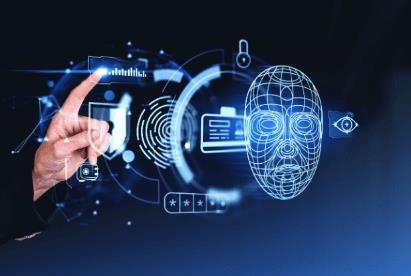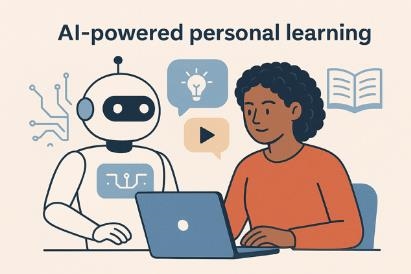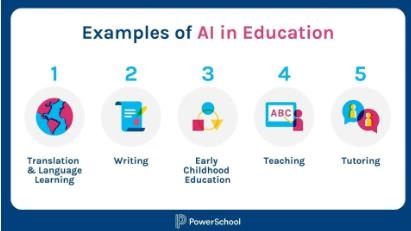By 2025, passwords, which have long been a problem for digital security, will be gone, replaced by the very effective combination of *biometrics* and *passkeys*. These new technologies, which are being pushed by big tech companies like Apple, Google, and Microsoft, promise to not only make our online security stronger but also change the way we prove our identity online, making passwords redundant for good.
Passwords used to be the front line of digital security, but now they are its weak point. They are easy targets for cyberattacks since they can be reused, phished, or forgotten. Microsoft’s aim to get rid of passwords in its Authenticator app by August 2025 is a sign of how important it is to come up with new ideas. Instead, users will utilize passkeys, which are cryptographically secure credentials stored on devices and unlocked with biometrics like face or fingerprint identification. This will protect users from phishing and brute-force attacks.
Passkeys are a big step forward because they don’t need you to remember long strings of numbers or rely on shared secrets that can be readily stolen. Instead, they use biometric data that is unique to each user’s device. Imagine being able to open your digital vault with just a glimpse or touch, getting rid of annoying passwords and replacing them with easy-to-use, fraud-proof authentication. The best part is that passkeys work on all of your devices without any problems, so you don’t have to worry about resetting passwords or keeping track of different logins.
From the user’s point of view, passkeys make signing in much faster and easier. Logging in or signing up takes almost no time at all, which makes workflows easier and makes them more secure. Businesses, especially in banking and finance, are creating better “Passkeys+” solutions that include device binding, session verification, and compliance-ready controls. These solutions provide bank-level security without putting too much stress on users.
Biometrics build confidence by making sure that only authorized people can see private information. This changes identity verification from “what you know” to “who you are.” This change makes it much harder for cybercriminals to use social engineering or password theft to harm people, which means that digital identity is being completely rethought.
There are still problems to solve, of course. For passkeys to work, they need to be widely used, have standards that work on all platforms, and keep coming up with new ways to protect privacy. Still, as things move quickly, it seems like passwords are going to be lost to the past.
**Important Points in This Revolution Without Passwords:
– *Passkeys* use both cryptography and biometrics or PINs to make it so that users don’t have to remember passwords.
– They are *phishing-resistant,* which makes the danger of cyberattacks much lower.
– Big tech companies like Apple, Google, and Microsoft have put passkeys into billions of gadgets, which has helped people start using them faster.
– Biometrics, such as fingerprints and facial scans, offer “secure, personalized authentication” that is unique to each user.
– Cross-device syncing technologies, such Bluetooth Low Energy (BLE), make it easy to access things on other devices.
– Passkeys make logging in and signing up much faster, which makes users less frustrated than with regular passwords.
– Banks and other businesses use advanced passkey models that offer better security, compliance tracking, and session assurance.
– The move away from passwords is already well begun. By the middle of 2025, enterprises will have turned off password alternatives and autofill features.
Authentication will become faster, safer, and easier to use in the future as AI insights are added and biometric tools are made more widely available. Soon, we won’t have to memorize long passwords anymore. Instead, our digital identities will open up with the most unique, intuitive parts of who we are. This future, made possible by biometrics and passkeys, is not only safer, but also easier to use. It promises a digital world that is unlocked by *who we really are* instead of what we can remember.




